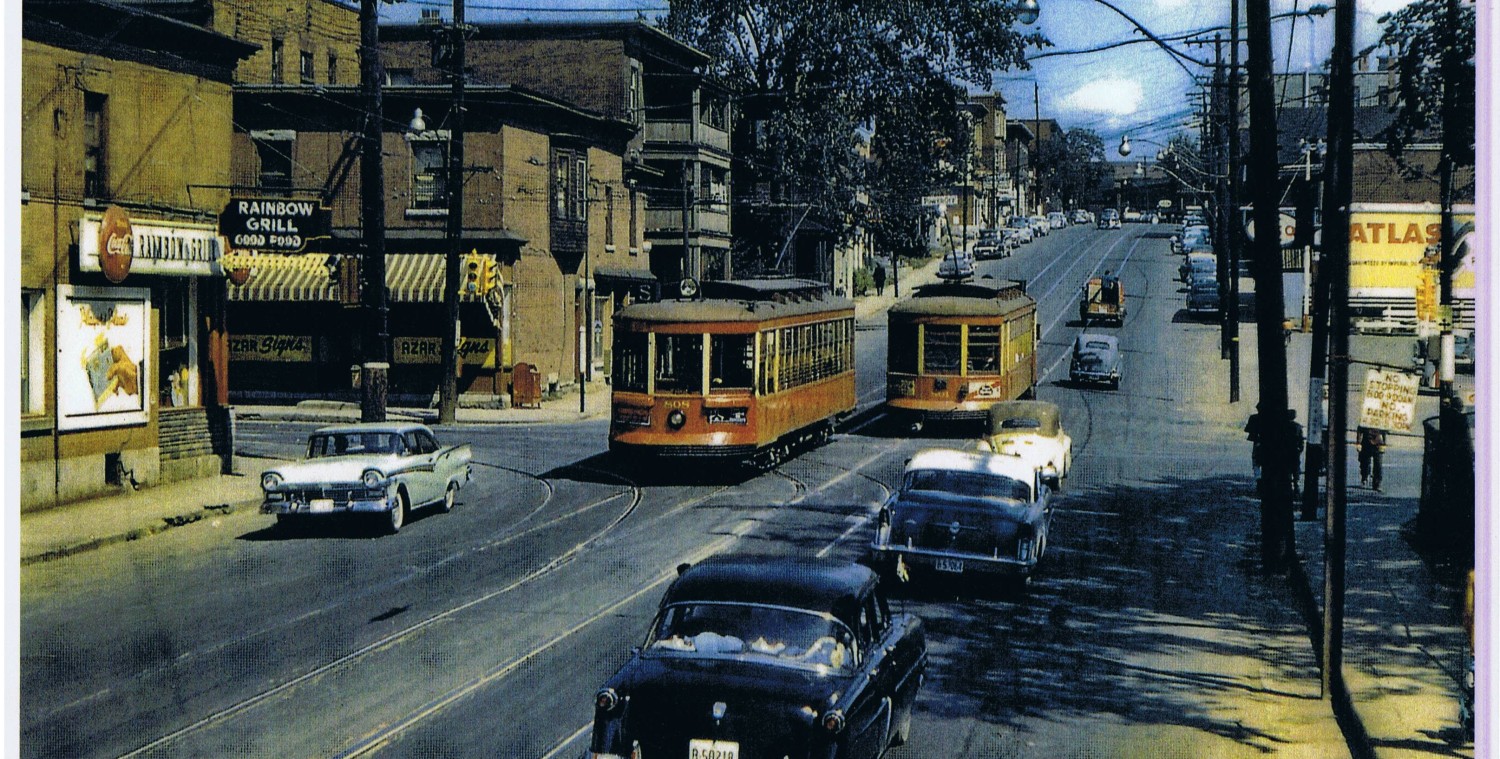The City continues with its belief that pedestrians are terrorists or (self-) murderers. It feels it is necessary to construct barriers on the bridges over the OTrain to prevent people dropping objects on the trains, or dropping themselves.
Currently, it is terror-proofing the (not-yet-built)(and recently relocated, to make way for a car bridge) Hickory ped bridge, which is being partially funded by the condo developers along Champagne.
Strangely, the Hickory barrier will have six inch wide slots in it, or gaps between the bars. These are small enough to deter adults from committing suicide at this location. (As shown by the famous suicide-proofed bridge over the Don Valley, this shifts the suicides elsewhere.) But the six inch spaces are plenty wide to drop objects through. So the barrier only addresses half the “problem”.
So according to the table below, helpfully provided by the City, the barriers will hopefully prevent some incidents, but not the dropped object portion. And the barriers are proposed on Hickory and Somerset, not the actual locations where incidents occurred.
Presumably, we will eventually see barriers at Albert, by the transitway, and also right by the new LRT station. Which raises the question of how the new LRT route will be protected from dropped objects and suicides. Thus far the station designs do not include large chain link fences or iron bars along the ped overpasses or upper level platforms.
Fortunately, jumpers off the new LRT station platforms will have to be very fragile to successfully commit suicide, since the track platform is only 14″ above the guideway. None the less, someone could get a sprained ankle, and sue the city.
The proposed barriers for Hickory and Somerset are, thus far, remarkable for their ugliness and the blight they impose on the neighbourhood. The City needs to reconsider their design,and come up with something decent, especially if the barriers are to start appearing on all overpasses, which logic suggests they soon will. All overpasses includes the new Confederation Line LRT system too.
Let’s crack some heads together and decide if we really need these barriers, and if we do, what they can look like that is decent.
We have precedents for decent overpass designs. Consider the Kanata overpass, shown below; or the numerous transitway overpasses, also shown below. These have additional benefits such as windproofing the overpasses, and keeping pedestrians dry, and not requiring snow plowing.


Record of Attacks on OTrain:
June 17, 2009
Incident:
Location:
Impact on Service: 8 missed O-Train trips, O-Bus service implemented temporarily
Cost for Repairs: Replacement window – $1,000
June 19, 2009
Incident:
Location:
Impact on Service: Missed 4 trips
Cost for Repairs: Replacement windshield – $7,000
(the close proximity in time and space of the above two incidents suggests they are related)
October 16, 2010
Incident:
Location:
Impact on Service: Missed 9 trips
Cost for Repairs: Replacement window – $1,000
May 4, 2012
Incident:
Location:
Impact on Service: 40 missed trips, O-Bus service implemented temporarily
Cost for Repairs: N/A
October 20, 2012:
Incident:
Location:
Impact on Service: 4 missed trips
Cost for Repairs: N/A



I’m all for weatherproofing walkways, but unless there’s some really good, hard-data to justify the expenditure from a security perspective then it’s a total waste.
There’s a lot of “liveable” infrastructure that needs building, do that first and deal with issues like thrown “objects” or suicides as they present themselves.
It’s better to sink money into the local support/enforcement options than build chain link fences on everything.
These are not effective solutions!! Padding everything in bubble-wrap is the only way!
It seems bizarre that these extreme measures must be taken to protect a rail line when the thousands of vehicles rushing along the 417 at high speeds are exposed to open overpasses in dozens of places. The only protected overpasses along the 417 are the ones for pedestrians, both the well designed example described in Kanata and the chain-link cage near Holland Ave.
It seems like people on foot are not to be trusted unless they are under the watchful gaze of responsible automobiles.
So…can we assume these represent the sum total of incidents? If so, I thank the city for providing evidence contrary to their position, and that vandalism and suicide appear to be vanishingly small problems for the Otrain.
According to today’s Ottawa Citizen roving Elk pose a serious problem to O-train operations:
OC Transpo suspended O-Train service between Carleton University and Bayview Station. – See more at: http://www.ottawacitizen.com/news/ottawa/spotted+near+Bayview+Transitway+station/9010980/story.html#sthash.LwqakSC3.dpuf
The only solution that I can see is wrapping all wildlife from here to Bancroft in bubble wrap.
Good luck getting the genetic retrofitting project past the science ethics committees. 😉
It seems like jumping onto the O-train tracks isn’t a very effective suicide method. Perhaps putting up barriers there will make the jumper find a better spot. But then it isn’t about preventing suicides so much as preventing closure or delays to the train. I think surveillance video cameras and signs telling people about them might be more effective than what they are proposing.
Our city is so scared of litigation it is funny (and sad).
How many of the 2 attempted suicides (are these the entire figures since the O-train opened?) resulted in people suing the city?
I don’t think those stats are complete. There was an (unfortunately) successful suicide attempt between Carling and the Tunnel in early January of this year, possibly from the Prince of Wales Bridge.